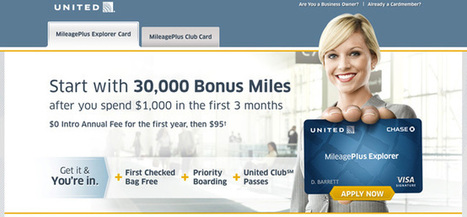Excerpted from article by HubSpot:
"Landing pages are a fundamental -- and undeniable -- part of a sucessful inbound marketing strategy. They are the hub of your lead generation efforts, and that's why every campaign you run and offer you create should be tied to a custom landing page -- as opposed to an ambigious homepage where visitors have to guess what to do next.
So to help you build good looking and high-converting landing pages, we wanted to share some design-related best practices.
1) Get to the point.
We all know people have short attention spans -- so why aren’t we considering that in landing page creation?
So when designing your landing pages, get straight to the point. People came to the page for a reason, so make sure you address that reason clearly and succinctly by highlighting the value of what you're offering and how it addresses their needs, interests, or problems.
2) Use contrasting colors.
Keep in mind that you always want your main call-to-action (CTA) to really POP off your landing page. So when you're encouraging visitors to fill out a form and click on that 'submit' button, make sure it's easy for visitors to see where they should complete that action. That's why using complementary and contrasting colors is a great way to call a visitor's attention to exactly where you want it.
3) Stamp on a logo.
Keep your brand top of mind when they're downloading your content and offers by making sure the viewer knows exactly where they are. All your landing pages should have your logo placed strategically on the page.
4) Avoid visual clutter.
While displaying extravagant visuals on your landing pages may sound like a fabulous idea, oftentimes it distracts the reader from the main point of the landing page, creation more friction on the landing page instead of supporing conversion.
5) Never underestimate formatting.
Formatting is probably the easiest design best practice to follow when crafting good-looking landing pages. It's also one that can go a really long way with little effort. Clearly laying out your headlines, images, copy, form, etc. can help you highlight the value of your offer and tee up conversion by creating a visual-friendly user experience that guides visitors to complete the conversion.
6) Add social proof.
This adds third-party credibility to your content and offers and can help boost conversions. Do you have any case studies or testimonials you can pull quotes from? Furthermore, try searching through social networks like Twitter, Facebook -- or another social platform of your choice! Consider embedding tweets from users who have downloaded your content and said nice things about it, or asking if you can quote someone who left a nice message on your Facebook page.
7) Be consistent.
A sense of consistency can help the end user know how to navigate your pages over time, eliminating the friction caused by having to get the lay of the land each time, and resulting in drop offs in conversion rates.
Each tip is analyzed with more information and examples.
Read full original article and download 79 free landing page templates here:
http://blog.hubspot.com/7-landing-page-design-tips
Via Giuseppe Mauriello



 Your new post is loading...
Your new post is loading...




![7 Secrets of Social Media Conversion [Infographic] – Full Size View | Unbounce | Measuring the Networked Nonprofit | Scoop.it](https://img.scoop.it/g-JpyS8w0Hf2UGNcBd89ozl72eJkfbmt4t8yenImKBVvK0kTmF0xjctABnaLJIm9)










Design best practice